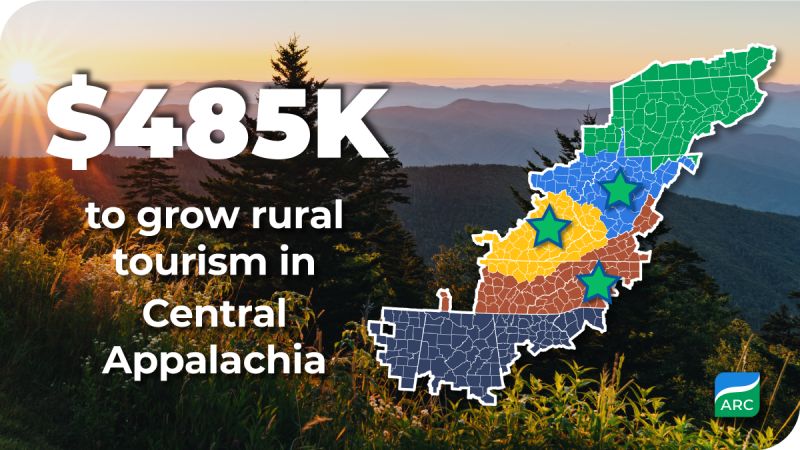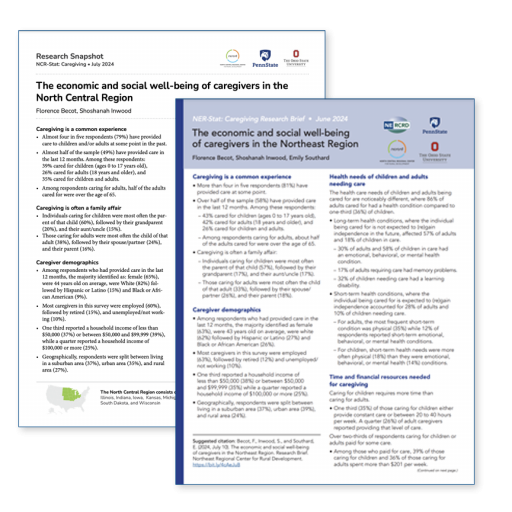Archive for Capacity Building and Facilitation
Land-Grant University Capacity to Support Recreation Economies in National Forest Gateway Communities
This report was developed by Doug Arbogast, Rural Tourism Specialist, West Virginia University Extension Service, with support from the Extension Foundation, Regional Rural Development Centers (RRDCs), and the members of the National Extension Outdoor Recreation Working Group (NEORWG). It describes findings from an assessment conducted in 2024 of the capacity of Land Grant Universities to provide both Extension and research support for the development of recreation economies, and to determine the places in each RRDC region best positioned to deploy resources for program implementation. Arbogast’s analysis also includes two map resources:
- A data dashboard showing USDA RD investments already made in counties that contain a national forest.
- A map designed to identify opportunities for USDA Partnerships (Extension, Forest Service, and Rural Development) to support the development of recreation economies in gateway communities to U.S. National Forests. This map’s layers include Land Grant institutions that responded to the recreation economy survey, USDA Rural Development locations, USDA Forest Service locations, National Forest gateway communities, and regions served by the National Extension Tourism Network and the RRDCs.
Authors: Doug Arbogast, West Virginia University
Publication: Published by Extension Foundation and NERCRD Date Published: September 20, 2024
Tags: neorwg, NET, outdoor recreation
2023 National Extension Tourism Conference Proceedings
With administrative support from the Northeast Regional Center for Rural Development, the National Extension Tourism Network (NET) has published proceedings from its 2023 national conference, which took place in Milwaukee, WI, September 24-27, 2023.
Authors: Edited by: Lisa Chase, Natalie Chin, Douglas Arbogast, Gwynn Stewart, Ann Savage, Mercedes Fraser
Publication: Published by the National Extension Tourism Network Date Published: September 18, 2024
Tags: NET
Insights from the 2023 Northeast Digital Equity Summit: A Report on the Role of Extension Programs
This report provides an overview of key sessions, definitions, takeaways, initiatives, and best practices discussed during the 2023 Northeast Digital Equity Summit. The summit was held virtually on September 19, 2023, and convened educators and researchers from land-grant universities across the Northeast to learn from one another and expand capacity for digital equity programming in the region.
Authors: Julie Slivka, Communications Manager of the Marylanders Online Program of University of Maryland Extension
Publication: Published by NERCRD Date Published: August 22, 2024
Tags: digital equity, digital inclusion




